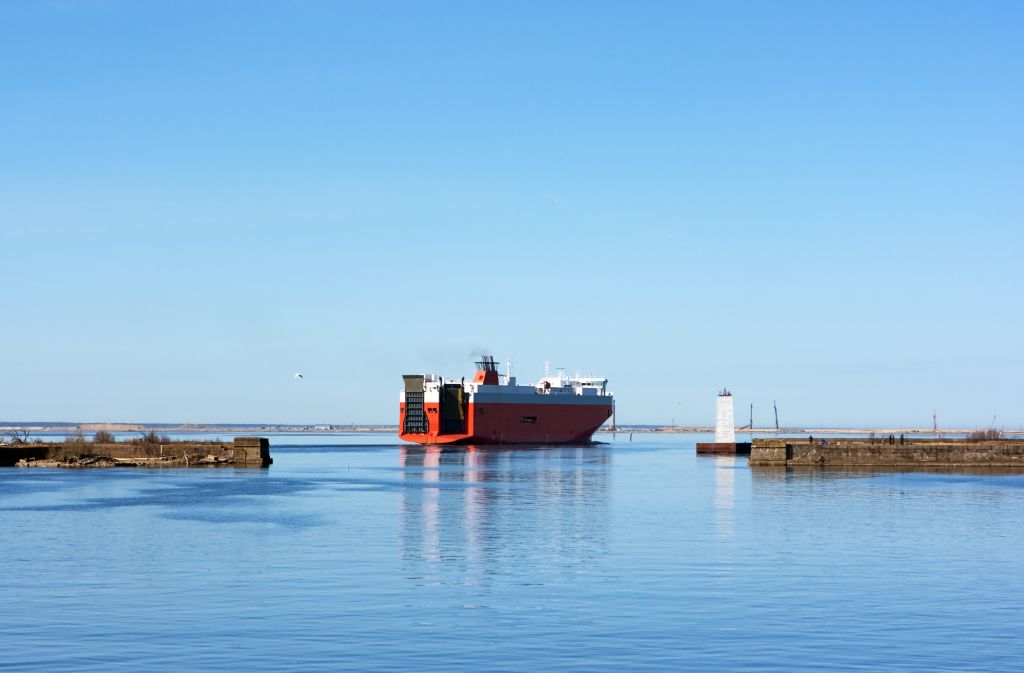Merikartta blog: Maritime logistics must be included in industrial emissions trading

Pressure is mounting to expand emissions trading beyond industrial production, to logistics and transport. Last year the EU proposed to integrate shipping into the European Emissiomns Trading Scheme under an accelerated timetable.
Still in recent memory are the oversights made in the preparation of the Sulfur Directive, leading to its failure to take into account other emissions that are harmful to the climate and the environment. Open loop scrubbers transfer the sulfur from the exhaust air into the water as discharge, which increases the local pollutant load substantially, especially when used in port. In some sea areas this has led to deterioration in water quality. While the environmental benefits were negligible, seafarers and the industry incurred costs and investments, both of which were also supported by moderate public funding.
To avoid repeating the same mistakes with greenhouse gases, a sustainable model based on more efficient transport performance and lower emissions must be established as a basis for emissions trading. Modern data information processing and big data management allow us to create a functional accounting system. At its simplest, the base price of emissions trading would consist of the rate of greenhouse gas production per tonne of cargo per mile.
This would lead to economical, and above all emission-minimizing and efficient transport. Even seafarers and industrial clients would benefit from the model, as the markets steer transport towards greater efficiency. Meanwhile inefficient operations and the use of outdated equipment would be punished. This may seem harsh at first, but I think it will benefit Finnish industry and the maritime cluster both, since with economic guidance investments in improved systems can be made swiftly and sustainably enough.
To avoid repeating the same mistakes with greenhouse gases, a sustainable model based on more efficient transport performance and lower emissions must be established as a basis for emissions trading.
The prerequisite is that the system is global and applies to all vessels carrying cargo, including small tonnage. In emissions trading, forms of transport that are GHG neutral are exempt from fees. The use of LNG for example releases methane which is a powerful greenhouse gas. This system encourages gas-powered vessels to switch to biogas or Power to X, for instance.
Winter shipping and its distinguishing features are particularly relevant for us in the Nordic countries. However, the consistent weakening of ice winters and the global warming trend must be kept in mind in the discussion. The need for engine power is on decline, and besides, it is hardly environmentally sustainable for our ships to sail year round with such needlessly high fuel consumption when ice is only a factor for a few weeks annually. In the future engine power could be optimized for open waters and smooth traffic ensured with ice breaker capacity.
Equipment capable of withstanding icy conditions will still be needed for a long time to come. The global emissions trading system, combined with more efficient use of transport capacity, will be able to steer maritime transport in sustainable direction and mitigate the transport costs of trade.
As someone who has long been involved in Finnish shipping and especially in ice transport, I am certain that with the described model, and by being a pioneer in creating both technology and developed operational models, the Finnish maritime cluster can strengthen its opportunities to do profitable business in a genuinely sustainable way.
Jussi Mälkiä
Meriaura Oy
